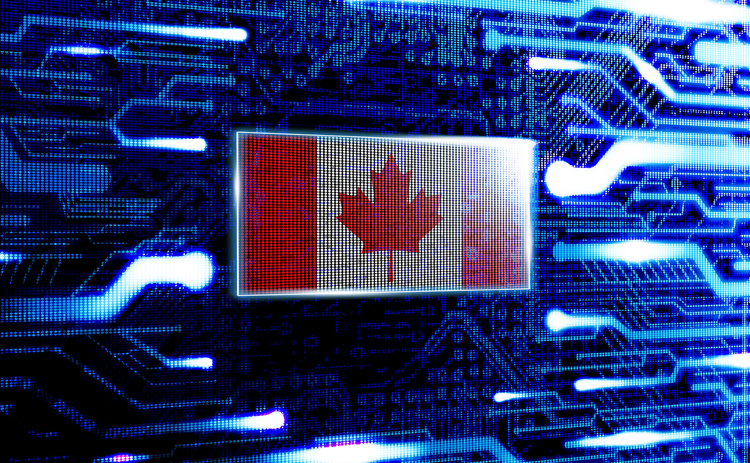How can you find a balance between sharing and preserving your company’s data? Intangible assets, such as data, require greater considerations than tangible assets, which may be preserved largely through physical measures. One important technique for protecting your company’s data is to classify it as intellectual property and protect it.
Data and IP
Copyright
Copyright protects original data compilations, however, determining whether a data compilation is “original” is a very contextual and factual decision. For example, the Federal Court of Appeal recently ruled that the well-known “Multiple Listing Service” (MLS) system for collecting and distributing real estate information is merely a “mechanical exercise” that cannot be protected as a compilation under the Copyright Act because it includes a specific compilation of data from real estate listings.
Copyright owners in Canada have exclusive rights to produce and reproduce data that is protected by copyright. They can also use such data to produce derivative creations (i.e. derivative data). Particular caution should be exercised when dealing with derivative data, as derivative data allows for both value creation and destruction, as we shall discuss further below.
Copyright protection will last for up to 50 years after the author’s death, however, it can be extended to 70 years.
Patents
Data is typically not covered by patents since patents may only be applied to genuine “inventions.” However, patents have been granted to processes relating to data compilations in a few exceptional circumstances. For example, a US patent was granted for the method data collection was physically kept, because the method allowed the data to be accessed much more efficiently. Patents in Canada can last up to 20 years.
Trade Secrets
Data can also be classified as a trade secret to protect it. To be considered a trade secret, the data must meet the following criteria: 1) have economic value; 2) be secret, and 3) be safeguarded by sufficient protection. Trade secret protections, which include additional civil and criminal remedies, are unlimited as long as the trade secret is kept secret. Businesses should be especially cautious when publishing or otherwise exposing datasets since trade secret protection may be jeopardized.
Sharing and Protecting Data
The most frequent method of protecting your intellectual property rights embodied in sensitive data in a business environment is to create “data rights” within the context of commercial agreements (contracts) with third parties. Data licenses, for example, allow businesses to share sensitive data with third parties while maintaining control. Consider the following factors when licensing your company’s data:
- where can the data be used;
- who owns the data;
- what can the data (not) be used for;
- who else can use the data;
- can the data be modified;
- whether there are any confidentiality and data security obligations;
- representations or warranties made in respect of the data (e.g. the data is free from viruses, reasonable efforts were made to ensure accuracy of data, etc.);
- how and in what form will the data be delivered; and
- how is derivative data treated?
However, data licensing raises a number of unique issues, including data ownership and scope of use, as well as the treatment of novel, derived, or usage data and intellectual property rights that may arise as a result of an arrangement or application of such data, which cannot always be reliably anticipated and fully covered in such an agreement. When a data receiver combines licensed data with its own (or third-party data) to create new IP and structures, the weight of the licensed data in the resultant asset is not always clear.
Derivative Data
Determining who owns and has rights to derivative data, as well as defining what is and is not derivative data, are critical. This is due to the fact that derivative data, by definition, has some similarity to the data from which it was derived: your business data. By letting another party to have exclusive rights and controls over a comparable, and perhaps superior, collection of data, an ill-considered derivative data clause might damage your company’s rights or control over its data.
If extensive derivative use rights are provided, for example, you may unwittingly allow a third-party the right to utilize your data as a foundation for further innovation, which that party might then claim rights to, undermining your own IP portfolio growth.

